Link to the original. Below is the Google translate version.
The integration of portability and desktop computer, the flagship of stable character-FiiO M17
Speaking of my evaluation of the products released by FiiO in recent years, it can only be an adjective like "too stable". The stability here does not only refer to the quality of the product itself, but I really appreciate more aspects. FiiO is a domestic HIFI manufacturer that is making progress step by step. In the current poor environment and the chaotic supply chain, FiiO will of course be affected. For example, when all portable players have been discontinued for several months, FiiO’s headset product line has become the main focus of FiiO. Direction, and there are a lot of Bluetooth portable devices and desktops that have emerged.
M17 is the latest flagship model among FiiO portable players (desktop?), and it is also the first single product in FiiO's entire product line to exceed 10,000 yuan in more than ten years. My expectations for this 10,000 yuan product can be said to have begun in 2018. At that time, FiiO just abandoned X and switched to M as the naming rule for portable players. M7, M9, and M6 have been released one after another. During the period, I got some information that FiiO was importing a higher-performance Android master Samsung 7872 and the soon-to-release M11, and it was expected to be used until the million yuan flagship (the model is unknown, it was guessed to be called MX at the time), and then I often Discuss some ideas with friends, and often argue over some different points of view.
But the reality is that Samsung's 7872 platform only uses the M15. In the end, a series of models on this platform had to be discontinued due to lack of stock. However, the 7872 is indeed unable to bear the configuration of the 10,000 yuan flagship requested by FiiO, and then it is on the Qualcomm 660 platform. According to the official timeline of FiiO, the M17 is a project established in 2019. The AK4499 was discontinued in the middle of the project and it was overturned. The development prototype was completed in February 2021, and iFi was sent to participate in the industrial design (machine The picture was exposed), and dozens of trial units started internally in July. It can be seen that it took almost three years for the M17 to go on sale from the establishment of the project, and I have been waiting for this FiiO flagship machine, and now it is finally on sale.

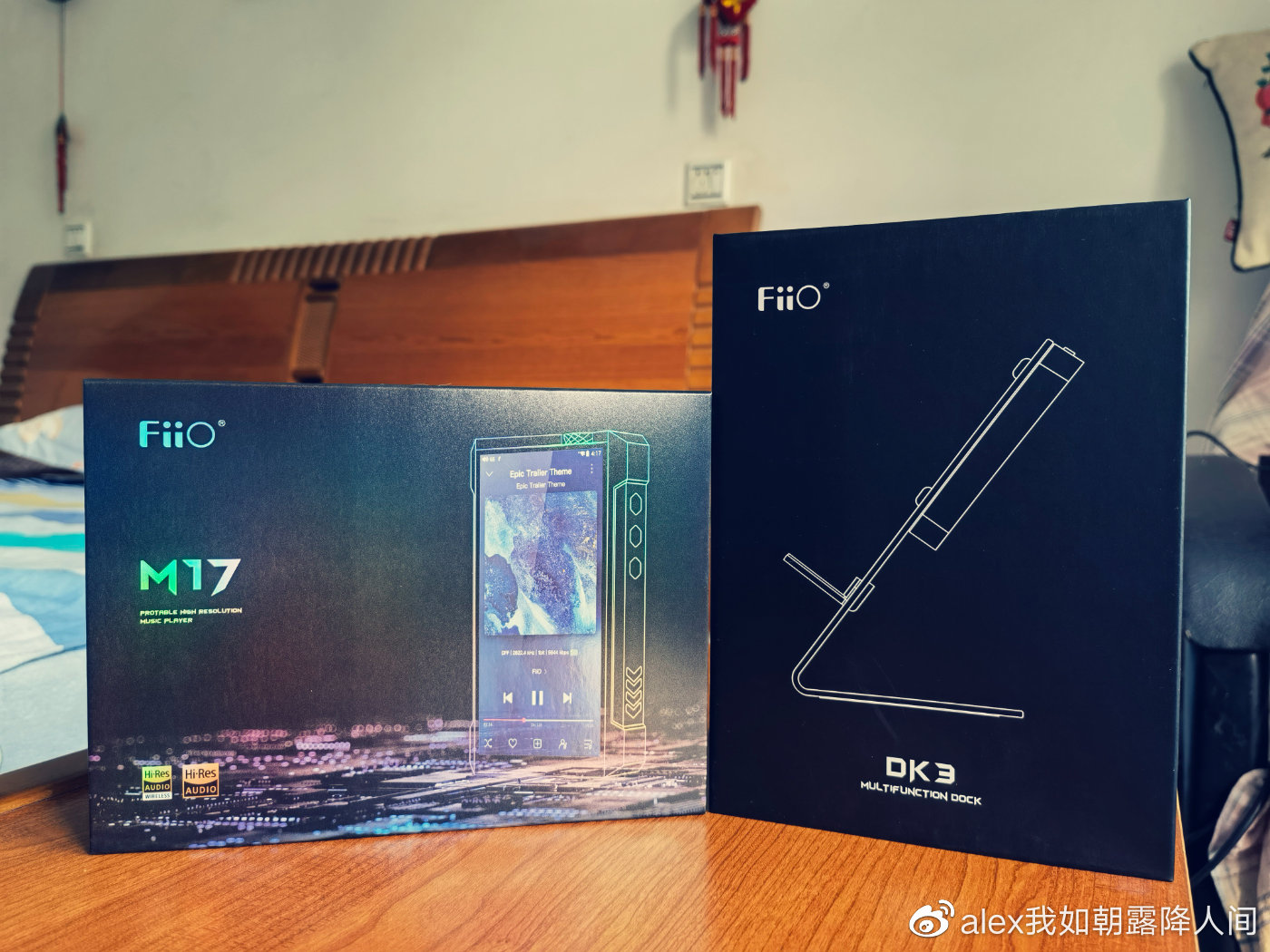
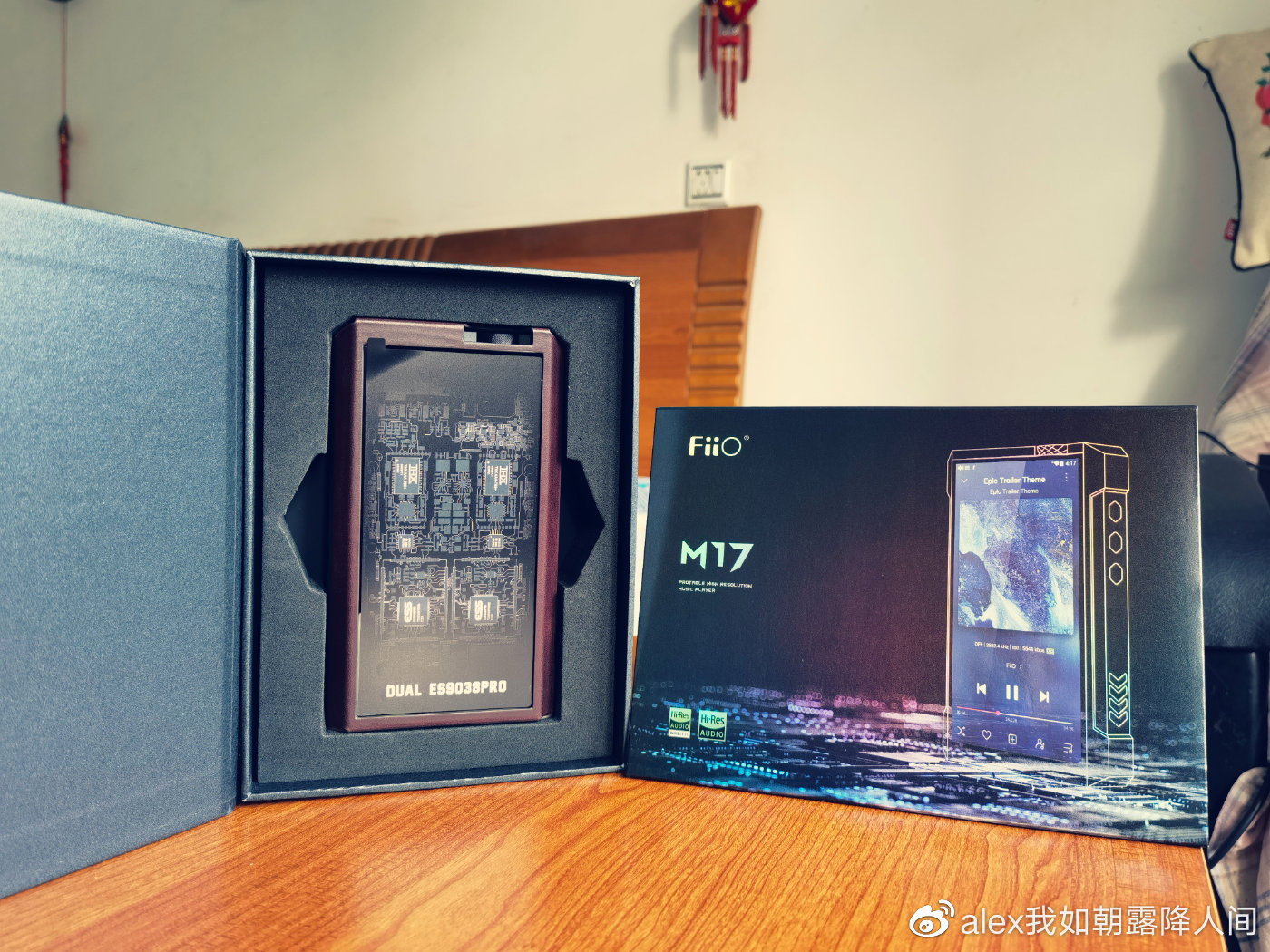
M17 is FiiO’s first flagship machine with a price of 10,000 yuan. In fact, the packaging of the machine is not luxurious. There is a carton for transportation on the outer layer, and there are two color boxes inside. The heat dissipation bracket that makes the shipping box bigger and packaged separately, the other color box is M17, and the machine can be seen by simply opening the flip cover. Although the M17 package does not have any sense of ceremony, the standard accessories of the M17 are still very rich and practical. Yes, for example, the machine is affixed with a tempered film and a leather cover when it leaves the factory, and several large interfaces are equipped with dust plugs and heat dissipation brackets that I am most satisfied with.
Speaking of the design of the M17 shape, I saw the picture of the shell design very early. I saw this hard-lined shape at a glance. I personally think that the shape of the M17 is the most in the same size of the player. A sense of design, while taking into account the ease of use as much as possible, which also prompted FiiO to choose to continue the 18:9 ratio screen used in the previous model. Of course, FiiO finally used the color performance this time. A good 5.99-inch 1080*2160 resolution screen, and then the middle part of the M17 frame is recessed and the parallel side keys are not protruding. The effect of preventing accidental touch is also very obvious.
Without using stainless steel or brass as the shell material, M17 still weighs 610 grams, which means that the internal design density of M17 is indeed solid, unlike some machines that rely on shell materials to increase weight. This kind of weight and size of the player is actually difficult to carry with you, so the so-called portability of the M17 is more similar to the mobile properties of those heavy game books, just like you need to use different postures in different rooms in your own home. As much as possible to let you hear the sound of the desktop level, and will not let you fixed in one place to listen to music.
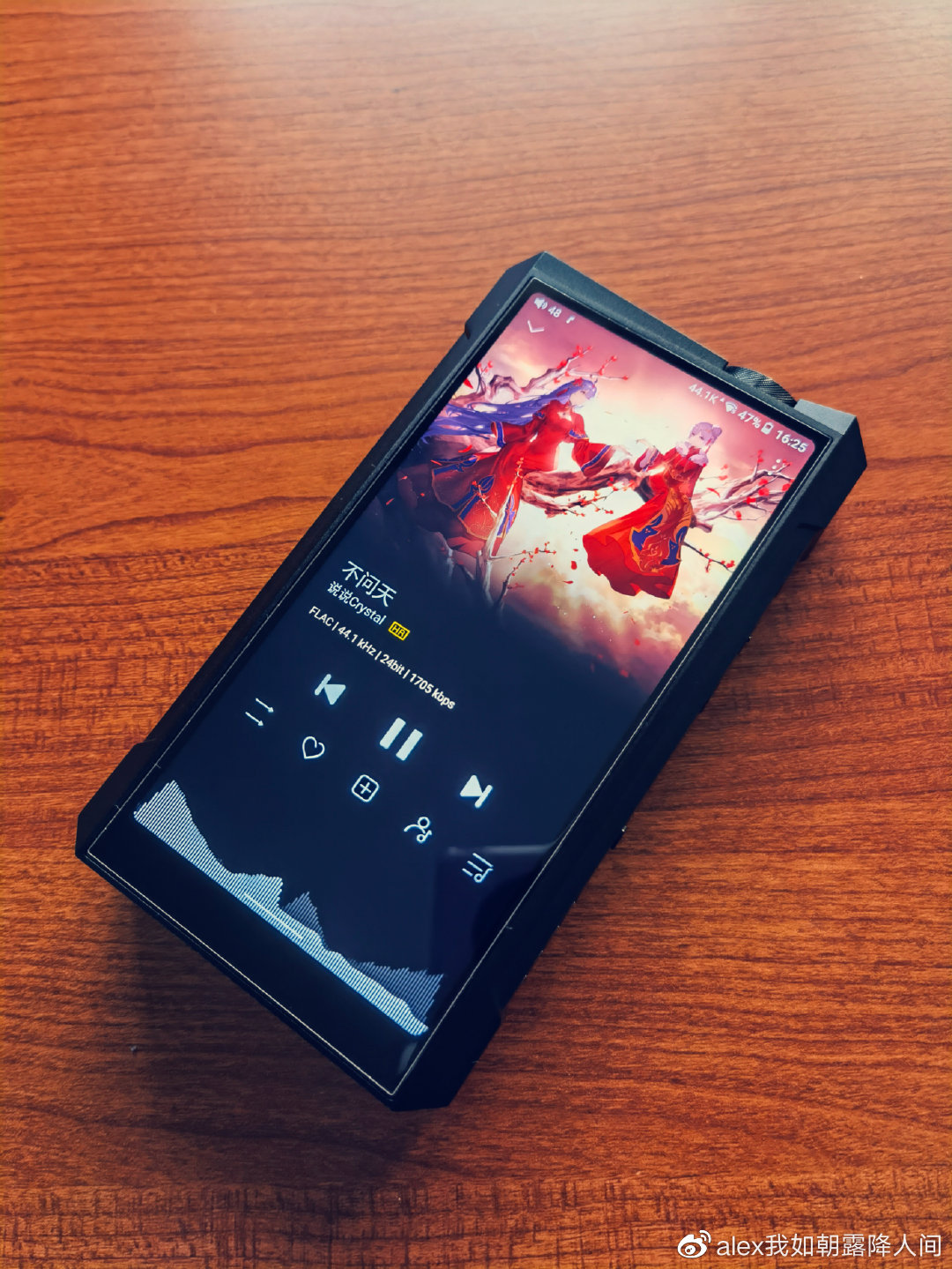
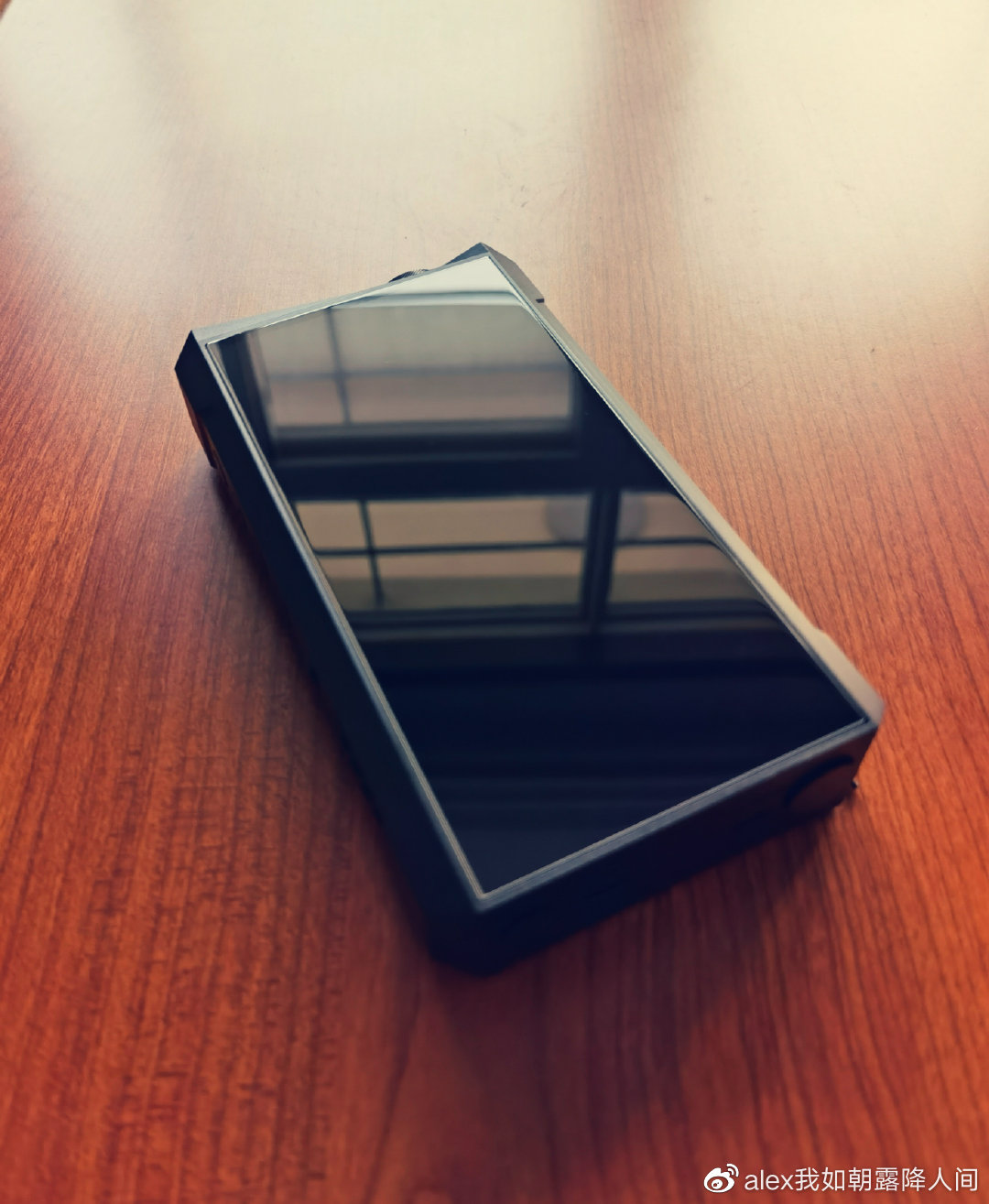
The output power of the M17 can be described as abnormal, especially in the DC power supply mode, it has reached the terrible output of 32 impedance load of 3W, but does a portable player need such a large output? My idea is that the DC mode The M17 underneath is a reduced desktop computer. Of course, the larger the output, the better without considering the battery life. Even if you push a small headset, the abundant power reserve redundancy is a very obvious improvement in the sound performance. Of course The output power of the M17 will be reduced under battery power, but it is also much larger than the M15 before FiiO. Otherwise, the huge 9200mAh battery will only provide 8 hours of balanced output battery life.
Therefore, FiiO calls the M17 a portable console, and basically has to give up some portable player experience, such as the huge size and weight, and the heat of the handheld is also something that many people can’t stand, but the sound improvement it brings makes me very Surprisingly, the M17 may not be a player that can commute, but if your use scene can fit a portable desktop computer like the M17, the experience will be much more convenient than a real desktop computer.
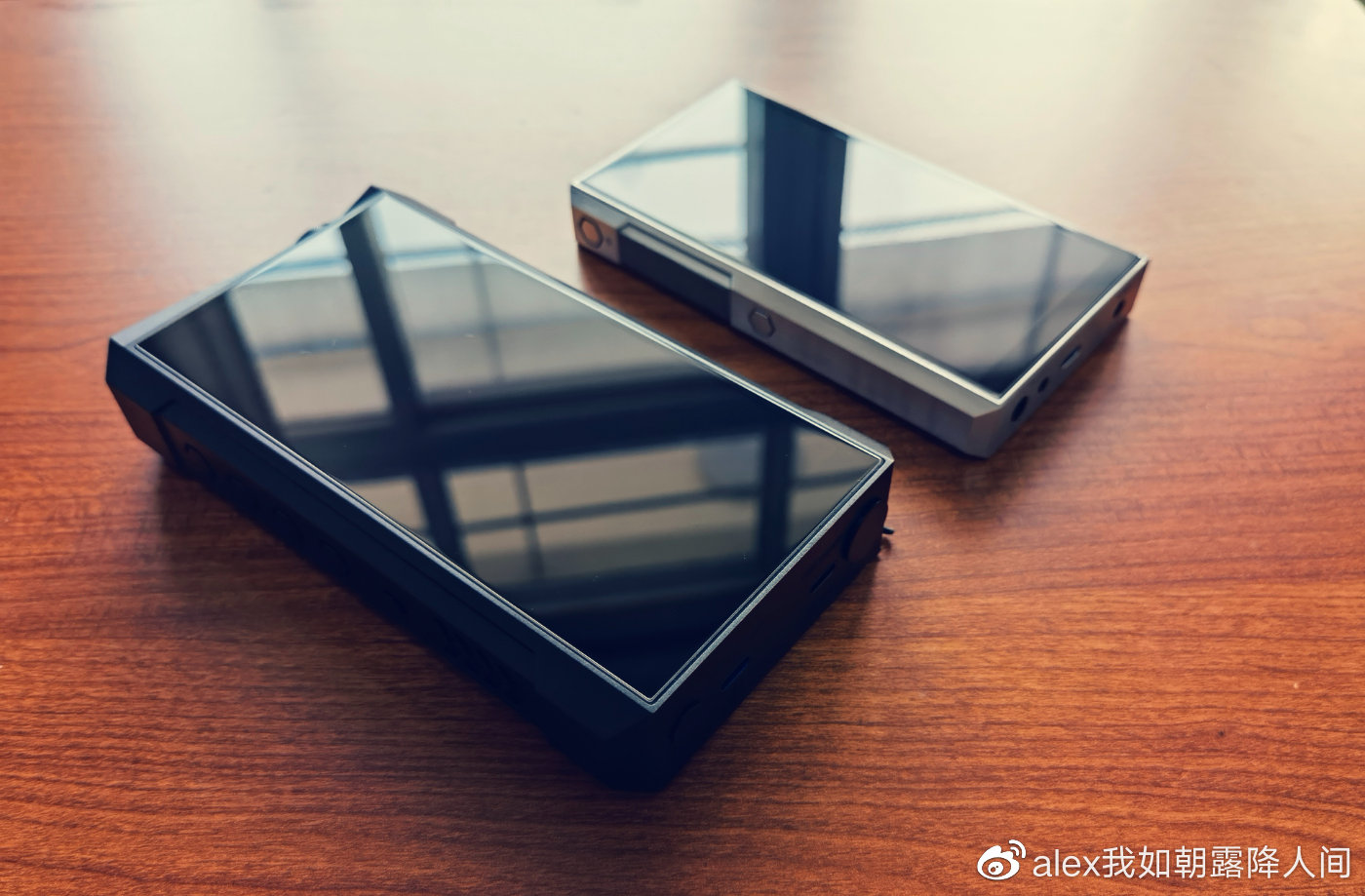
Since the M17 is a desktop product, the interface is quite rich. After the "adult’s choice" M11, FiiO has adopted 2.5mm, 3.5mm, and 4.4mm as standard equipment. This time it is more The 6.35mm interface is added at the top, and there are two Type-C and a standard RCA coaxial interface at the bottom. The other side is the reason why M17 is called a portable computer. The DC power interface uses 12V power supply. My first thought after seeing this interface for the first time was that the M17 can use a linear power supply, although FiiO has already included a switching power supply adapter in the box. At the same time, as a portable desktop machine, the M17 is not only an increase in the interface, but also relevant components that can support huge power consumption and heat dissipation requirements are inserted within the limit of the handheld volume. Users who have watched the M17 internal design demonstration video probably already know the M17 It is the most complicated player designed by FiiO so far. The utilization and design of the internal space can be described as pleasing to the eye.Thanks for taking the time and effort to post and translate this review. Very interesting especially about differences in performance from using switching versus linear power supplies. Now I'm very curious which after market, linear power supply he used...
I have dual-wiped FiiO M15 and M11Pro before. Although M15 has obvious quality advantages, I am still willing to listen to M11Pro, because I like the whole sound of M11Pro without feeling any pressure or squeezing in any frequency band. At the same time, there is no feeling of stretching. This is also the style of THX AAA amp technology. M15 does not use TXH AAA amp technology, but the quality is enough to hold up the sound. It can be said that the performance is very good.
Now I am dual-wielding M17 and M11Plus, but the difference between these two dual-wielding groups is that I am not willing to listen to M11Plus now, because although M11Plus also uses THX AAA amp technology, I mentioned M11Plus in previous reviews. The volume curve of M11Pro is different from that of M11Pro. There is some feeling of forcibly raising the gain, but this adjustment of M11Plus obviously feels that the quality has not kept up with the changes in style, so it sounds a bit strange. For THX AAA alone, there are some buried features. Yes, but M17 is completely different.
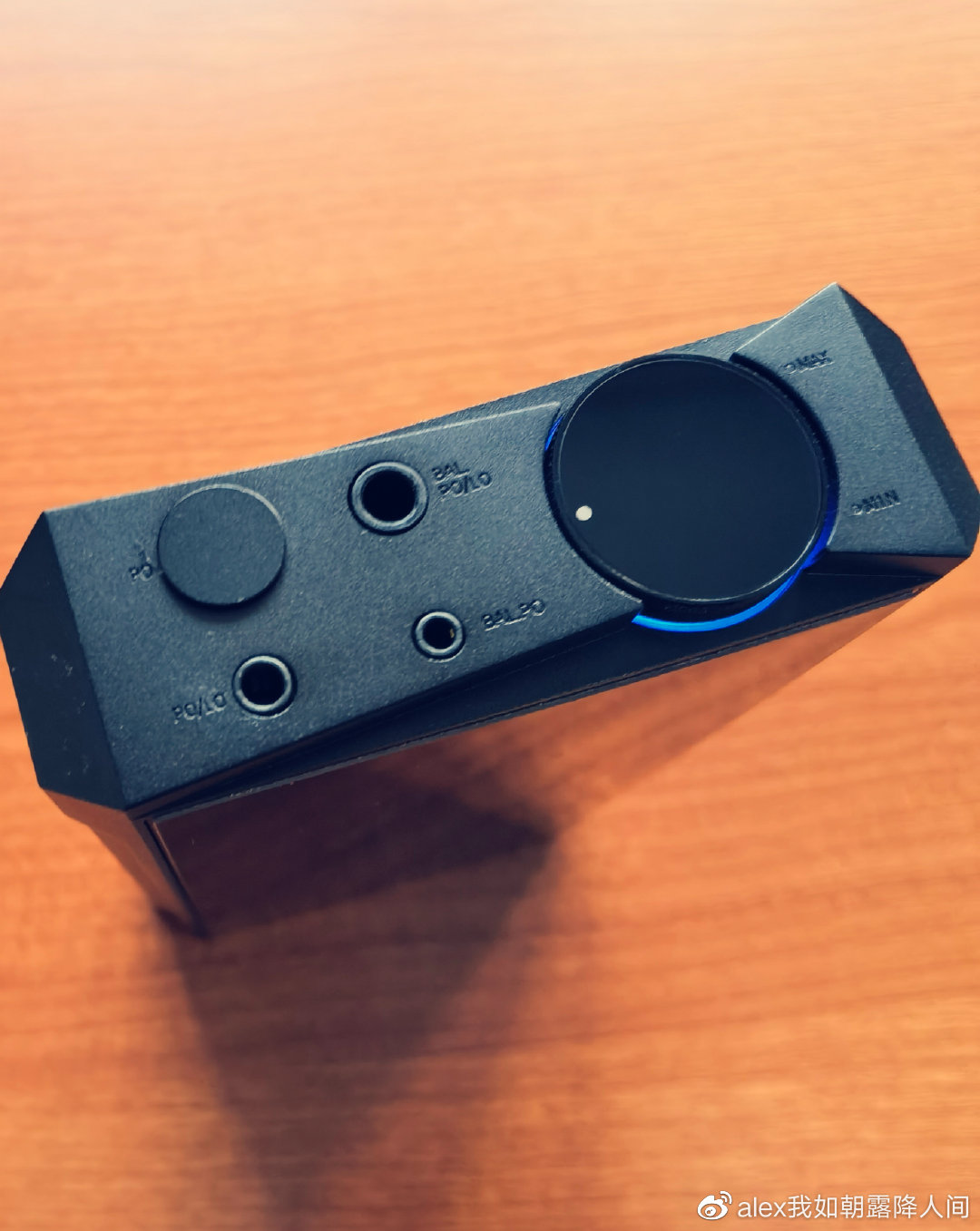
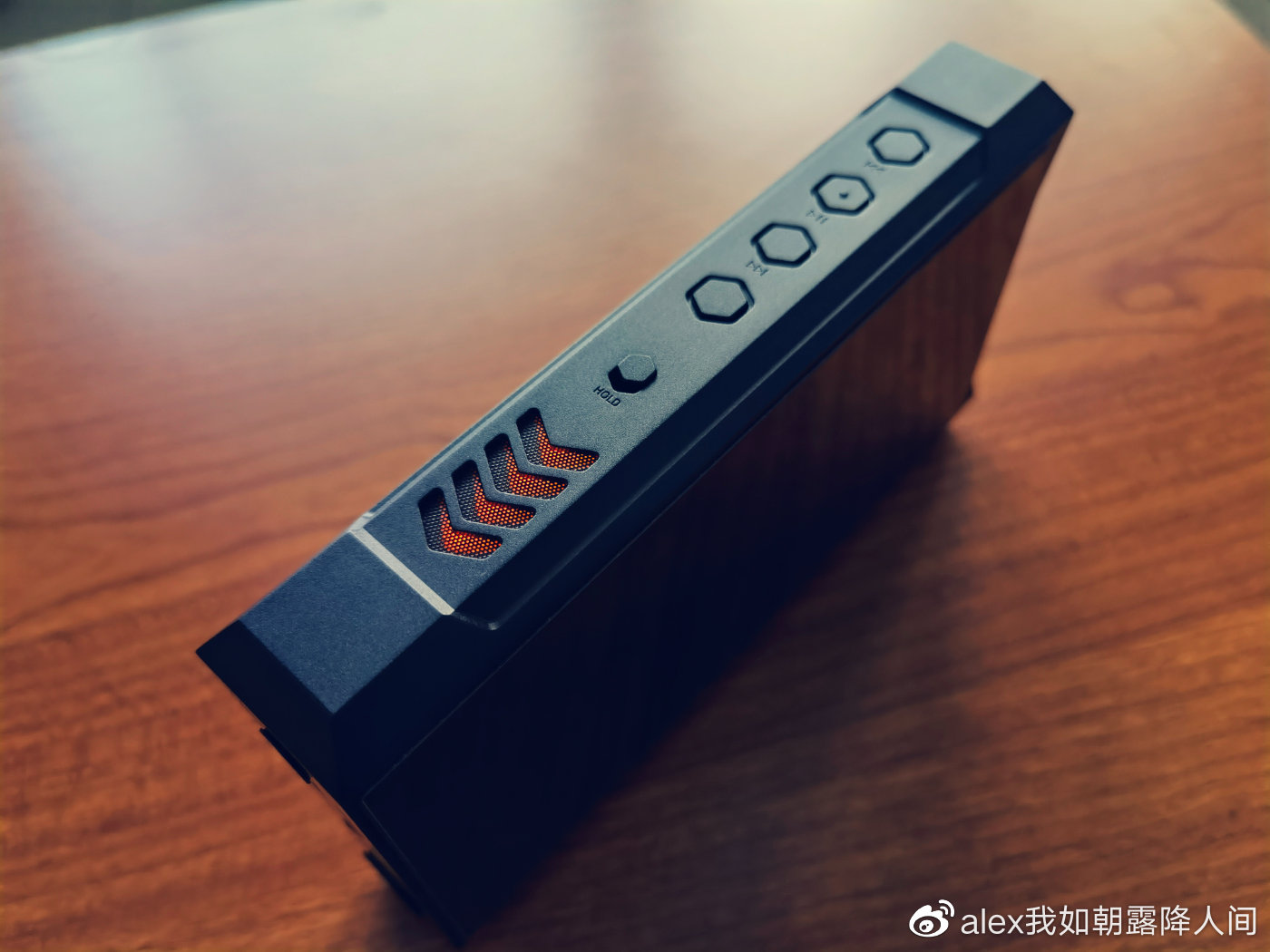
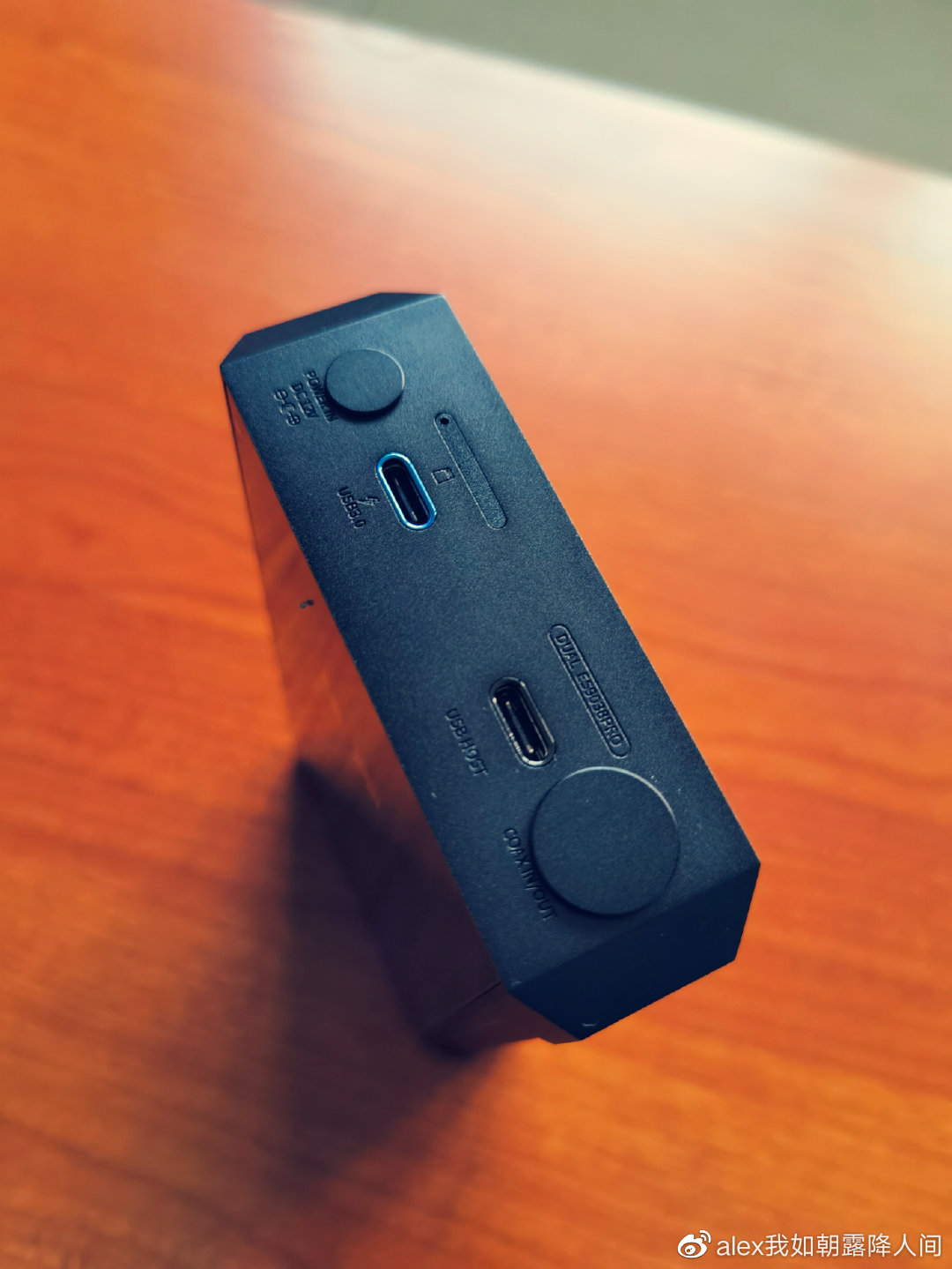
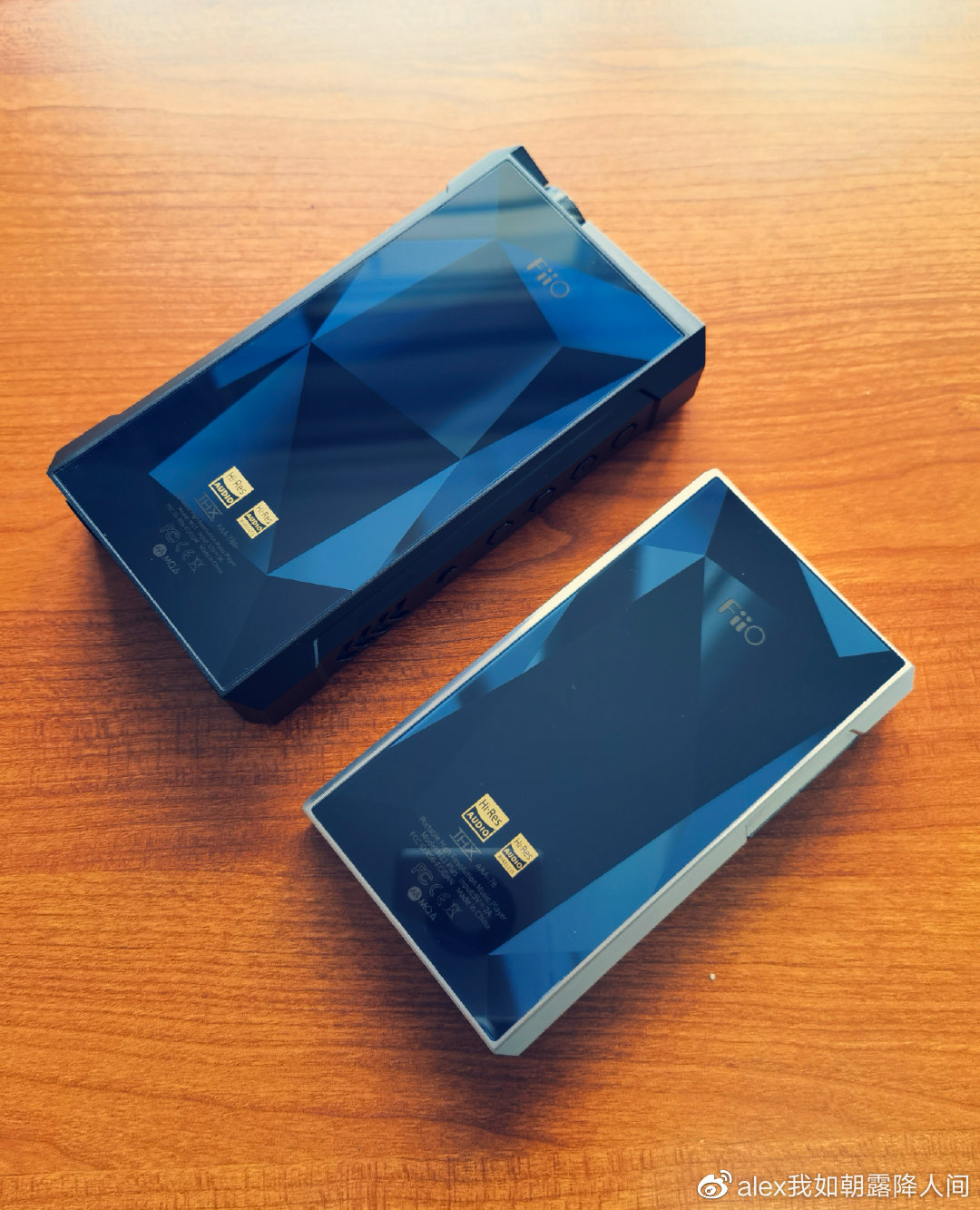
In fact, the amp technology of ES9038ProDAC and THX AAA-788+ are properly designed and used for the machine, but in the size of M17, the sound performance level of this configuration is not exaggerated. I have heard It is undoubtedly the number one among all the players. My first impression of the M17 sound is that it is natural, full and calm. I have never heard of a machine with this feeling before. In particular, the high-frequency energy of the M17 is very good, plus it is very good. High-frequency extension, high-frequency performance can definitely be described as gorgeous, which is also the most outstanding performance in the M17 tri-band. The mid-frequency position of the M17 is not abnormally zoomed in or out. The vocal position is moderate, and the vocal performance is very good. Energetic but not dull, nor does it have a plastic feel like the vocals under some players. The low frequency is relatively unglamorous in the M17, but it is also relative to the high frequency. The low frequency atmosphere of the M17 is very good, the flexibility is very good, the dive is not too deep, and the overall low frequency is the kind that is not too slow. feel.
In general, the M17 has very good sound density without squeezing any frequency bands, the sound power is abundant, the momentum is very good, the dynamic performance is very good, the sound field is large and regular and does not make people feel empty, and this time FiiO did not look like it. Pull the volume curve like M11Plus, M17 is probably the kind of quality that all tuning is a matter of course, although it is impossible not to adjust. The above is the performance under battery power supply. Because the power supply quality of the switching power supply in DC mode is not as good as that of batteries, although the output is further improved in DC mode, the smoothness of high frequency is reduced, and the overall situation is relatively dry. Then change to the DC mode under the linear power supply to significantly increase the drive capacity than the battery mode, and drive the big ears better. The sound is fuller, the density is better, the dynamics can be further strengthened, and the definition of the low-frequency edge is also Improved, the high frequency is not as rough as the performance under the switching power supply, so the DC mode wiring power supply is completely necessary.
The performance of M17 is completely leapfrog to FiiO's previous players. It has the meaning of reducing dimensionality. There is a saying that the volume of portable players that can be held in one hand is basically proportional to the sound level. This is in the M17. The above is vividly reflected, and this is vividly reflected on the M17. It is hard to imagine that adding 3000 to the M15's pricing can reach the M17 level. The M17's pricing obviously violates the marginal effect. It can be said that the pricing of FiiO products really has the style of a price butcher in the HIFI industry, and in the past two years, it has become more "not about military ethics". Now that the prices of components are generally increased and the delivery time is elongated, FiiO can still be able to I have been overestimating the pricing of its upcoming products. Just like the FiiO flagship M17 mentioned this time, the selling price is still almost 2,000 yuan lower than my estimate. This is too stable! ! !
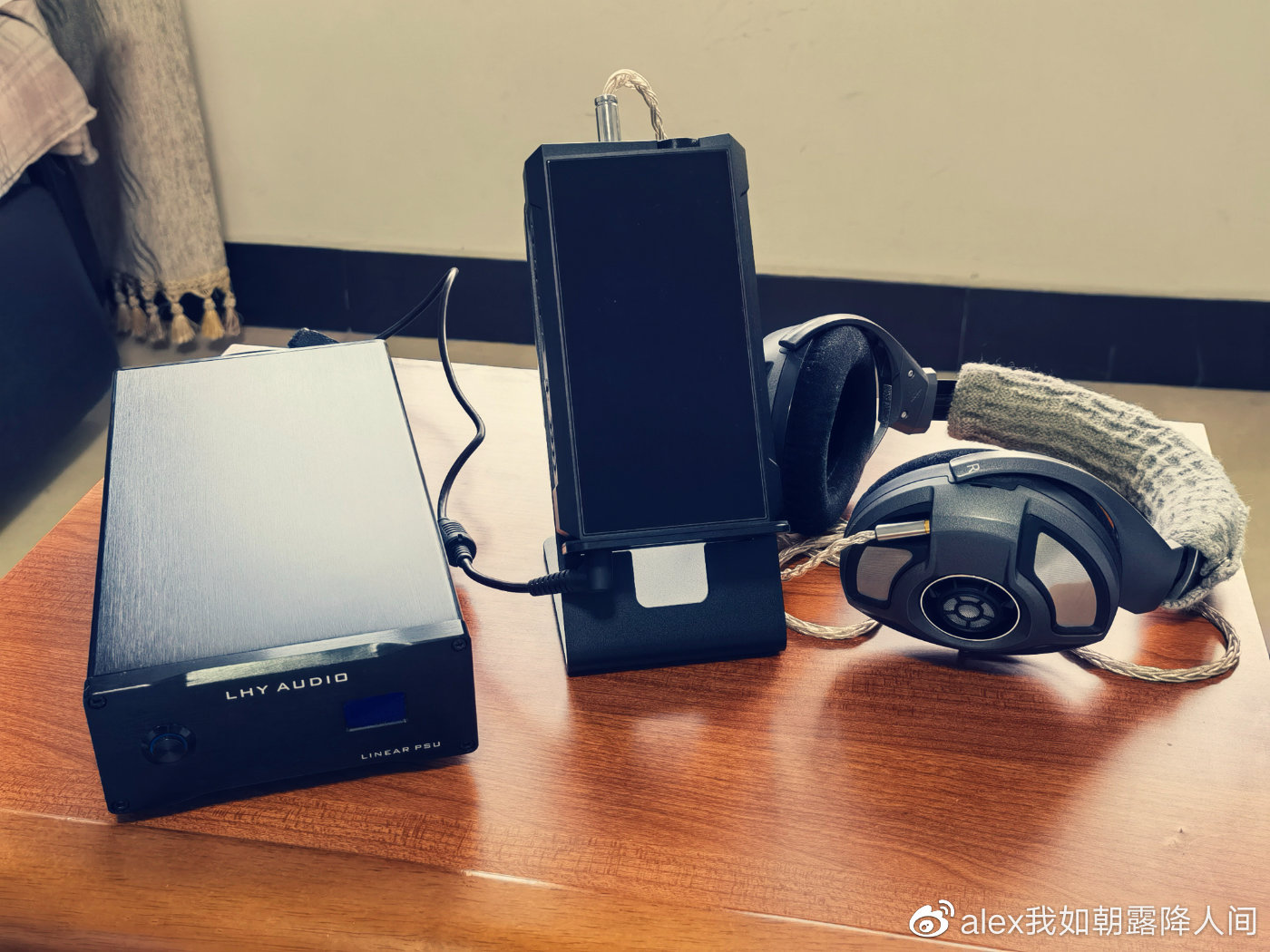
Edit: Looks like it may be this one: https://www.aliexpress.com/item/1005001795236295.htmlLast edited:
Fiio should have included linear power supply in the first place, it really sucks if sounds goes drier when used with original PS versus battery mode. All in all SQ doesnt look like promising for now, non of reviews showed euphoria, just flat feelings and kinda ok product, but for the money should be TOP, extraordinary. When M15 got out reviews were different thats why I went for it, dont think I will go for M17 as for now.
Link to the original. Below is the Google translate version.
The integration of portability and desktop computer, the flagship of stable character-FiiO M17
Speaking of my evaluation of the products released by FiiO in recent years, it can only be an adjective like "too stable". The stability here does not only refer to the quality of the product itself, but I really appreciate more aspects. FiiO is a domestic HIFI manufacturer that is making progress step by step. In the current poor environment and the chaotic supply chain, FiiO will of course be affected. For example, when all portable players have been discontinued for several months, FiiO’s headset product line has become the main focus of FiiO. Direction, and there are a lot of Bluetooth portable devices and desktops that have emerged.
M17 is the latest flagship model among FiiO portable players (desktop?), and it is also the first single product in FiiO's entire product line to exceed 10,000 yuan in more than ten years. My expectations for this 10,000 yuan product can be said to have begun in 2018. At that time, FiiO just abandoned X and switched to M as the naming rule for portable players. M7, M9, and M6 have been released one after another. During the period, I got some information that FiiO was importing a higher-performance Android master Samsung 7872 and the soon-to-release M11, and it was expected to be used until the million yuan flagship (the model is unknown, it was guessed to be called MX at the time), and then I often Discuss some ideas with friends, and often argue over some different points of view.
But the reality is that Samsung's 7872 platform only uses the M15. In the end, a series of models on this platform had to be discontinued due to lack of stock. However, the 7872 is indeed unable to bear the configuration of the 10,000 yuan flagship requested by FiiO, and then it is on the Qualcomm 660 platform. According to the official timeline of FiiO, the M17 is a project established in 2019. The AK4499 was discontinued in the middle of the project and it was overturned. The development prototype was completed in February 2021, and iFi was sent to participate in the industrial design (machine The picture was exposed), and dozens of trial units started internally in July. It can be seen that it took almost three years for the M17 to go on sale from the establishment of the project, and I have been waiting for this FiiO flagship machine, and now it is finally on sale.



M17 is FiiO’s first flagship machine with a price of 10,000 yuan. In fact, the packaging of the machine is not luxurious. There is a carton for transportation on the outer layer, and there are two color boxes inside. The heat dissipation bracket that makes the shipping box bigger and packaged separately, the other color box is M17, and the machine can be seen by simply opening the flip cover. Although the M17 package does not have any sense of ceremony, the standard accessories of the M17 are still very rich and practical. Yes, for example, the machine is affixed with a tempered film and a leather cover when it leaves the factory, and several large interfaces are equipped with dust plugs and heat dissipation brackets that I am most satisfied with.
Speaking of the design of the M17 shape, I saw the picture of the shell design very early. I saw this hard-lined shape at a glance. I personally think that the shape of the M17 is the most in the same size of the player. A sense of design, while taking into account the ease of use as much as possible, which also prompted FiiO to choose to continue the 18:9 ratio screen used in the previous model. Of course, FiiO finally used the color performance this time. A good 5.99-inch 1080*2160 resolution screen, and then the middle part of the M17 frame is recessed and the parallel side keys are not protruding. The effect of preventing accidental touch is also very obvious.
Without using stainless steel or brass as the shell material, M17 still weighs 610 grams, which means that the internal design density of M17 is indeed solid, unlike some machines that rely on shell materials to increase weight. This kind of weight and size of the player is actually difficult to carry with you, so the so-called portability of the M17 is more similar to the mobile properties of those heavy game books, just like you need to use different postures in different rooms in your own home. As much as possible to let you hear the sound of the desktop level, and will not let you fixed in one place to listen to music.


The output power of the M17 can be described as abnormal, especially in the DC power supply mode, it has reached the terrible output of 32 impedance load of 3W, but does a portable player need such a large output? My idea is that the DC mode The M17 underneath is a reduced desktop computer. Of course, the larger the output, the better without considering the battery life. Even if you push a small headset, the abundant power reserve redundancy is a very obvious improvement in the sound performance. Of course The output power of the M17 will be reduced under battery power, but it is also much larger than the M15 before FiiO. Otherwise, the huge 9200mAh battery will only provide 8 hours of balanced output battery life.
Therefore, FiiO calls the M17 a portable console, and basically has to give up some portable player experience, such as the huge size and weight, and the heat of the handheld is also something that many people can’t stand, but the sound improvement it brings makes me very Surprisingly, the M17 may not be a player that can commute, but if your use scene can fit a portable desktop computer like the M17, the experience will be much more convenient than a real desktop computer.

Since the M17 is a desktop product, the interface is quite rich. After the "adult’s choice" M11, FiiO has adopted 2.5mm, 3.5mm, and 4.4mm as standard equipment. This time it is more The 6.35mm interface is added at the top, and there are two Type-C and a standard RCA coaxial interface at the bottom. The other side is the reason why M17 is called a portable computer. The DC power interface uses 12V power supply. My first thought after seeing this interface for the first time was that the M17 can use a linear power supply, although FiiO has already included a switching power supply adapter in the box. At the same time, as a portable desktop machine, the M17 is not only an increase in the interface, but also relevant components that can support huge power consumption and heat dissipation requirements are inserted within the limit of the handheld volume. Users who have watched the M17 internal design demonstration video probably already know the M17 It is the most complicated player designed by FiiO so far. The utilization and design of the internal space can be described as pleasing to the eye.DeepL translation:
I have dual-wiped FiiO M15 and M11Pro before. Although M15 has obvious quality advantages, I am still willing to listen to M11Pro, because I like the whole sound of M11Pro without feeling any pressure or squeezing in any frequency band. At the same time, there is no feeling of stretching. This is also the style of THX AAA amp technology. M15 does not use TXH AAA amp technology, but the quality is enough to hold up the sound. It can be said that the performance is very good.
Now I am dual-wielding M17 and M11Plus, but the difference between these two dual-wielding groups is that I am not willing to listen to M11Plus now, because although M11Plus also uses THX AAA amp technology, I mentioned M11Plus in previous reviews. The volume curve of M11Pro is different from that of M11Pro. There is some feeling of forcibly raising the gain, but this adjustment of M11Plus obviously feels that the quality has not kept up with the changes in style, so it sounds a bit strange. For THX AAA alone, there are some buried features. Yes, but M17 is completely different.




In fact, the amp technology of ES9038ProDAC and THX AAA-788+ are properly designed and used for the machine, but in the size of M17, the sound performance level of this configuration is not exaggerated. I have heard It is undoubtedly the number one among all the players. My first impression of the M17 sound is that it is natural, full and calm. I have never heard of a machine with this feeling before. In particular, the high-frequency energy of the M17 is very good, plus it is very good. High-frequency extension, high-frequency performance can definitely be described as gorgeous, which is also the most outstanding performance in the M17 tri-band. The mid-frequency position of the M17 is not abnormally zoomed in or out. The vocal position is moderate, and the vocal performance is very good. Energetic but not dull, nor does it have a plastic feel like the vocals under some players. The low frequency is relatively unglamorous in the M17, but it is also relative to the high frequency. The low frequency atmosphere of the M17 is very good, the flexibility is very good, the dive is not too deep, and the overall low frequency is the kind that is not too slow. feel.
In general, the M17 has very good sound density without squeezing any frequency bands, the sound power is abundant, the momentum is very good, the dynamic performance is very good, the sound field is large and regular and does not make people feel empty, and this time FiiO did not look like it. Pull the volume curve like M11Plus, M17 is probably the kind of quality that all tuning is a matter of course, although it is impossible not to adjust. The above is the performance under battery power supply. Because the power supply quality of the switching power supply in DC mode is not as good as that of batteries, although the output is further improved in DC mode, the smoothness of high frequency is reduced, and the overall situation is relatively dry. Then change to the DC mode under the linear power supply to significantly increase the drive capacity than the battery mode, and drive the big ears better. The sound is fuller, the density is better, the dynamics can be further strengthened, and the definition of the low-frequency edge is also Improved, the high frequency is not as rough as the performance under the switching power supply, so the DC mode wiring power supply is completely necessary.
The performance of M17 is completely leapfrog to FiiO's previous players. It has the meaning of reducing dimensionality. There is a saying that the volume of portable players that can be held in one hand is basically proportional to the sound level. This is in the M17. The above is vividly reflected, and this is vividly reflected on the M17. It is hard to imagine that adding 3000 to the M15's pricing can reach the M17 level. The M17's pricing obviously violates the marginal effect. It can be said that the pricing of FiiO products really has the style of a price butcher in the HIFI industry, and in the past two years, it has become more "not about military ethics". Now that the prices of components are generally increased and the delivery time is elongated, FiiO can still be able to I have been overestimating the pricing of its upcoming products. Just like the FiiO flagship M17 mentioned this time, the selling price is still almost 2,000 yuan lower than my estimate. This is too stable! ! !

When it comes to my opinion of Feio's products in recent years, I would probably say that they are "too stable", not only in terms of quality, but also because I appreciate the fact that Feio is a Chinese HIFI manufacturer that is making progress one step at a time. In the current climate of disruption and confusion in the supply chain, for example, the headphone line has become the main focus of Feio's product line, along with a number of Bluetooth portable devices and the already emerging desktop.
The M17 is the latest flagship model in the Feio portable player (desktop?). The M17 is the latest flagship model in the Feio line and the first product in the entire Feio product line to break the $10,000 barrier in over ten years. My anticipation for this $10,000 product started in 2018, when Feiyao had just abandoned the X in favour of the M naming convention for portable players and released the M7, M9 and M6, during which time I got some information that Feiyao was introducing a higher performance Android master Samsung 7872 and the soon to be released M11, which was expected to be available for the $10,000 flagship (model number I was not sure, but I guessed it was called MX.
But the reality is that the Samsung 7872 platform was only used for the M15, and finally a series of models had to be discontinued due to a shortage of stock, but the 7872 was not really able to take on the configuration of the 10,000 RMB flagship that Feiyao wanted. The development of the prototype was completed in February 2021 and sent to iFi for industrial design evaluation (the pictures of the machine were revealed), and dozens of internal trials started in July. The M17 took almost three years from project to launch, and I've been waiting for this flagship machine to finally go on sale.
The M17 is the first flagship player with a price point of 10,000 RMB, but the packaging is not luxurious, with a cardboard box for shipping and two colourful boxes inside.
The M17 is one of the most design-oriented players of its size, but it is also as easy to use as possible, which is why Fei Ao has chosen to continue with the 18:9 ratio screen of the previous model. The M17 has a 5.99" 1080*2160 resolution screen with a good colour performance, and the M17 has a recessed middle bezel with parallel, unobtrusive side keys that are very effective in preventing accidental touches.
The M17 weighs 610 grams without using stainless steel or brass for the casing material, which means that the internal design density of the M17 is really solid, unlike some machines that rely on the casing material to add weight. A player of this weight and size is actually hard enough to take out and about with you, so the M17's supposed portability is more akin to the mobile attributes of those heavy gaming notebooks, like being in your own home where you need to be in different positions in different rooms to get as much desktop level sound as possible, without having you fixed in one place listening to music.
The output power of the M17 can be described as perverted, especially in DC power mode where it reaches a horrible output of 3W at 32 impedance load, but does a portable player need such a high output? Even when pushing small headphones, the redundancy of the power reserve is a very obvious improvement to the sound performance.
So by calling the M17 a portable desktop, Feio basically has to give up some of the portable player experience, such as the huge size and weight, and the handheld heat is something that many people can't stand, but I was pleasantly surprised by the improved sound that comes with it. The M17 may not be a commutable player, but if your usage scenario fits a portable desktop like the M17, the experience will be so much more convenient than a real desktop.
Since the M17 is a desktop product, it has a wide range of interfaces. Following the "grown-up's choice" M11, Feiyao has made 2.5mm, 3.5mm, 4.4mm and 4.4mm standard.On the other side is the DC power connector, which is the reason why the M17 is called a portable desktop, and is powered by 12V. At the same time, the M17 is not only a portable desktop player, but it also has to fit enough components to support the huge power consumption and heat dissipation requirements within the limits of its handheld size. Those who have seen the M17's internal design demonstration video will probably already know that the M17 is by far the most complex player in terms of design, and the utilisation of internal space and design can be described as pleasing to the eye.
I've dual-wielded the M15 and M11Pro before, and although the M15 has a clear quality advantage, I'm still willing to listen to the M11Pro because I like the way the M11Pro's sound doesn't feel compressed or squeezed in any frequency band, and it doesn't feel stretched either, which is the way THX AAA headphone technology should be.
Now I am dual holding the M17 and M11Plus, but the difference between the two sets of dual holding is that I am now reluctant to listen to the M11Plus, because although the M11Plus also uses THX AAA ear technology, as I said in my previous review the volume curve of the M11Plus is different from that of the M11Pro, and there is some forced gain extraction, but this adjustment of the M11Plus clearly feels like the quality is not keeping up with the change in style, so it sounds a bit strange, and in terms of THX AAA alone there is some buried character, but the M17 is a completely different story.
The ES9038 ProDAC and the THX AAA-788+ headphone technology are both properly designed for desktop use, but in the size of the M17, the sound performance level of this configuration is, without exaggeration, the best I've ever heard in any player. I have never heard a machine with this kind of feeling before, especially to say that the M17 high-frequency energy is too good, coupled with very good high-frequency extension, high-frequency performance can definitely be described as gorgeous, which is also the most outstanding level of performance in the M17 three frequencies, the M17's midrange position is not abnormally close and far, the vocal position is moderate, the vocal performance is very dynamic and not dull, and not like some players under the vocal There is a plastic feel to it. The low end is a relatively unglamorous item in the M17, but it is also relative to the high end. The M17 has a good sense of low frequency ambience, good elasticity, not too deep dive, and the overall low frequency is the kind of feeling that is not too slow.
In general, the M17 has a very good density of sound without squeezing any frequencies, a very powerful and powerful sound, a very good dynamic performance, a large and regular soundstage and no hollow feeling. The above is all the performance under battery power. DC mode is not as good as battery power because of the switching power supply, so although the output is further improved in DC mode, the smoothness of the high frequencies is reduced and the overall is a bit drier. The DC mode is significantly more powerful than the battery mode, and it is better for large ears. The sound is fuller, the density is better, the dynamics can be further enhanced, the clarity of the low frequency edges is improved, and the high frequencies are not as rough as under the switching power supply.
The M17's performance is completely over the top for Fei Ao's previous players, quite a downgrade. There is a saying that the size of a portable player in one hand is basically proportional to the level of sound, and this is reflected in the M17, and it is hard to imagine adding 3000 to the M15's pricing to reach the level of the M17. The pricing of the M17 is clearly against the marginal effect. The pricing of the M17 is clearly against the margins. I can say that the pricing of Fei Ao's products is really like the price butchers of the HIFI world, and in the last two years it has become even more "unethical", as the prices of components have increased and lead times have lengthened. In this case, the flagship M17 is still priced at almost $2,000 less than I expected.Last edited:
You are welcome. I think the DeepL translation (above) is better and easier to understand.Thanks for taking the time and effort to post and translate this review. Very interesting especially about differences in performance from using switching versus linear power supplies. Now I'm very curious which after market, linear power supply he used...
Edit: Looks like it may be this one: https://www.aliexpress.com/item/1005001795236295.html
I got my m17 on 3/11. I shared the view of JTTT in general. i think M15 is comparatively thicker and denser in the mid and vocal. i think the sound signature is partly attributed to the thx 788+ used in m17. my personal view is that daps have very little impact on the soundstage/separation, so i've no comment on this aspect.Distill water, that’s my impression with the M17.
When comparing with others like FiiO, M11+, Cayin N3pro, all these with or without ifi Diablo / Hip-dac2, the M17 feels like tasting distill water, but with a thicker sound density, with either MDR-Z7 and Campfire Solaris 2020 as the Headphone/Earphone.
The included leather case is the weakest link, feels like putting an XL jacket when L is the right size.
I do not do streaming so I do not have any experience / testing with apps like Tidal or Apple Music.
The FiiO music app sounds as good as UAPP Pro I have installed on board, just like M11+.
With the headphone/earphone I have, I think the M17 is an overkill but I do like the thicker sound it gives.
Heat was never an issue as I never tried the DC-required extreme gain mode.
Charging via the DC adapter is really really slow.
Rapid Charging can only be done with the USB C port.
Just a very unprofessional first impression here.
I experienced my m17 with DCA stealth, utpoia, ath-awas and he1000se for about 6 hours so far i believed. I need to use over-ear mode (not the enhanced one only available with DC power supply) to get these cans to reach reasonable SPL with tidal and spotify. i can't find the gain of the H/M/L mode on fiio's website (i found the peak volt output on balanced is 19.7 Vp-p and 27.7 Vp-p for over-ear and enhanced modes, respectively) but i feel there's relatively less drive comparing with m15 using M/L gain. the gain for L mode is really low and is likely only useful with iems. initially, I tried ath-wp900, which should be quite easy to drive, and still needed to use m gain at vol. >60 to get my normal listening vol. for reference, i normally listen at the vol range of 4x at L gain using m15 with sensitive iems (e.g. VE8, pmx, u18t, layla aion, just ear, fir m4, etc.) only in the over-ear mode i felt the m17 is more powerful than m15.
m17 runs quite warm but still feels cooler than m15. when i communed in the city this weekend for about 4 hours (using m gain at about vol 50 with tia forute on the 4.4mm balance out), the battery level dropped to a bit over 50% when i got home. so i guess the battery life is less than m15. for anyone using it plugged to the DC power brick, m17 didn't have a manual control for screen orientation. it kept switched back to the portrait orientation after screen off/switch off which means it's on the wrong side if the m17 is laid flat on desktop. i've to install rotation control app to make it display in the right orientation. i also spotted a small glitch that the software seems ported from m11 plus in a rush without much proofreading - the popup message says it's a m11 plus when i tap the gain mode icon from the quick setting area!
i'm not a critical listener and listen mostly with tidal/spotify. please take my subjective comments with a grain of salt.
BTW, one of the photos re-posted by littlexx26 in #764 is actually posted by me in a headphone forum in HK! It's quite surprising to me to see my post in HK will spread so far to headfi here haha.
Last edited:
That is an interesting post, as I am also going to use my M17 with Stealth and HE1000se.I got my m17 on 3/11. I shared the view of JTTT in general. i think M15 is comparatively thicker and denser in the mid and vocal. my personal view is that daps have very little impact on the soundstage/separation, so i've no comment on this aspect.
I experienced my m17 with DCA stealth, utpoia, ath-awas and he1000se for about 6 hours so far i believed. I need to use over-ear mode (not the enhanced one only available with DC power supply) to get these cans to reach an reasonable SPL with tidal and spotify. i can't find the gain of the H/M/L mode on fiio's website (i found the peak volt output on balanced is 19.7 Vp-p and 27.7 Vp-p for over-ear and enhanced modes, respectively) but i feel there's relatively less drive comparing with m15 using M/L gain. i think the gain for L mode is really low and aims just for iems. initially, I tried ath-wp900, which should be quite easy to drive, and still needed to use m gain at vol. 65 to get my normal listening vol. for reference, i normally listen at the vol range of 4x at L gain using m15 with sensitive iems (e.g. VE8, pmx, u18t, layla aion, just ear, fir m4, etc.)
m17 runs quite warm but still seems cooler than m15. when i communed in the city this weekend for about 4 hours (using m gain at about vol 50 with tia forute on the 4.4mm balance out), the battery level dropped to a bit over 50% when i got home. so i guess the battery life is less than m15. for anyone using it plugged to the DC power brick, m17 didn't have a manual control for the screen orientation. it kept switched back to the portrait orientation after screen off/switch off which means it's on the wrong side if you lay m17 flat on desktop. i've to install rotation control app to make it display in the right orientation.
i'm not a critical listener and listen mostly with tidal/spotify. please take my subjective comments with a grain of salt.
BTW, one of the photos re-posted by littlexx26 in #764 is actually posted by me in an headphone forum in HK! It's quite surprising to me to see my post in HK will spread so far to headfi here haha.

How well does it drive tge Stealth?
i normally listen my over-ear cans with my desktop combo (topping a90/d90). the performance of m17-stealth is totally acceptable to me but the dynamic of the stealth is noticeably better with the desktop gears. yet i've to say the stealth is the most demanding headphone i've had. it's even harder to drive lively than adx5000 and hd800s! and i've not tried the enhanced over-ear mode so far, which will give significantly higher output.That is an interesting post, as I am also going to use my M17 with Stealth and HE1000se.
How well does it drive tge Stealth?
for he1000se, i'm happy with either the desktop set or m17.
again, i mostly listen causally with tidal/spotify. maybe other owners could offer more precise and useful comments.
newworld666
Headphoneus Supremus
i normally listen my over-ear cans with my desktop combo (topping a90/d90). the performance of m17-stealth is totally acceptable to me but the dynamic of the stealth is noticeably better with the desktop gears. yet i've to say the stealth is the most demanding headphone i've had. it's even harder to drive lively than adx5000 and hd800s! and i've not tried the enhanced over-ear mode so far, which will give significantly higher output.
for he1000se, i'm happy with either the desktop set or m17.
again, i mostly listen causally with tidal/spotify. maybe other owners could offer more precise and useful comments.
I am not totally surprised by this answer, as my DCA Stealth could be moved properly on the way only with the 2x3W of a Less BX2+ or a desktop Monolith THX887 (like with my HEDDphone) => all my other portable amps with 2x1W to 2x2W @32 ohms (Kann Alpha, M8v2, MQ1S, Xduuo XD05, ...) are all falling short in low and ultra low frequencies at one moment or another (mostly clipping).
I was hoping the M17 would not fall short too on the way without being plugged to a wall.

Last edited:
This would probably be the most linear and cleanest "power supply":Thanks for taking the time and effort to post and translate this review. Very interesting especially about differences in performance from using switching versus linear power supplies. Now I'm very curious which after market, linear power supply he used...
Edit: Looks like it may be this one: https://www.aliexpress.com/item/1005001795236295.html
https://enerprof.de/en/li-ion-batte....8v-6800-mah-li-ion-with-dc-cable-spiral?c=24
Last edited:
If anyone in the UK is after an M17 I see that Advanced MP3 Players have announced their pre-orders on their website at £1499.00.
I am in Ireland... Thanks for infoIf anyone in the UK is after an M17 I see that Advanced MP3 Players have announced their pre-orders on their website at £1499.00.
No problem. Wishing you success in securing one.I am in Ireland... Thanks for info
Some more follow-up on the experience using m17 (mostly not about audio quality).
now i almost always listen to TWS when commuting to/from work daily (thanks to the trouble taking off/putting back face mask!). on those days i don't wanna use TWS, I'll use L&P W2 dongle for my IEMs. So I seldom use DAPs outside my bedroom now. when i need to use DAPs outside, I used to carry my dap with a small shoulder bag (I'm using porter's frame should bag which is a perfect match in size!), so m17's additional weight doesn't bother me much.
the interface feels much snappier than m15, and light year ahead of AK DAPs. I also just found a rotation control app to force m17 to stay in reverse portrait mode when I lay it flat on desk or bed for listening in bedroom.
so far, i feel m17 delivers what it promised - adequate power to drive most over-ear headphones, top of the class user experience, stable software (I've yet to encounter any clash or mischief from the software side). I'm happily typing this post while listening to hd820 with m17 (in over-ear mode at vol. 53). it didn't break a sweat in driving HD820/800s or even adx5000 satisfactorily. i'm happy for my decision to pre-order m17 this time - i just checked jd.com that it's sold out now!
now i almost always listen to TWS when commuting to/from work daily (thanks to the trouble taking off/putting back face mask!). on those days i don't wanna use TWS, I'll use L&P W2 dongle for my IEMs. So I seldom use DAPs outside my bedroom now. when i need to use DAPs outside, I used to carry my dap with a small shoulder bag (I'm using porter's frame should bag which is a perfect match in size!), so m17's additional weight doesn't bother me much.
the interface feels much snappier than m15, and light year ahead of AK DAPs. I also just found a rotation control app to force m17 to stay in reverse portrait mode when I lay it flat on desk or bed for listening in bedroom.
so far, i feel m17 delivers what it promised - adequate power to drive most over-ear headphones, top of the class user experience, stable software (I've yet to encounter any clash or mischief from the software side). I'm happily typing this post while listening to hd820 with m17 (in over-ear mode at vol. 53). it didn't break a sweat in driving HD820/800s or even adx5000 satisfactorily. i'm happy for my decision to pre-order m17 this time - i just checked jd.com that it's sold out now!
Last edited:
Users who are viewing this thread
Total: 5 (members: 1, guests: 4)


























